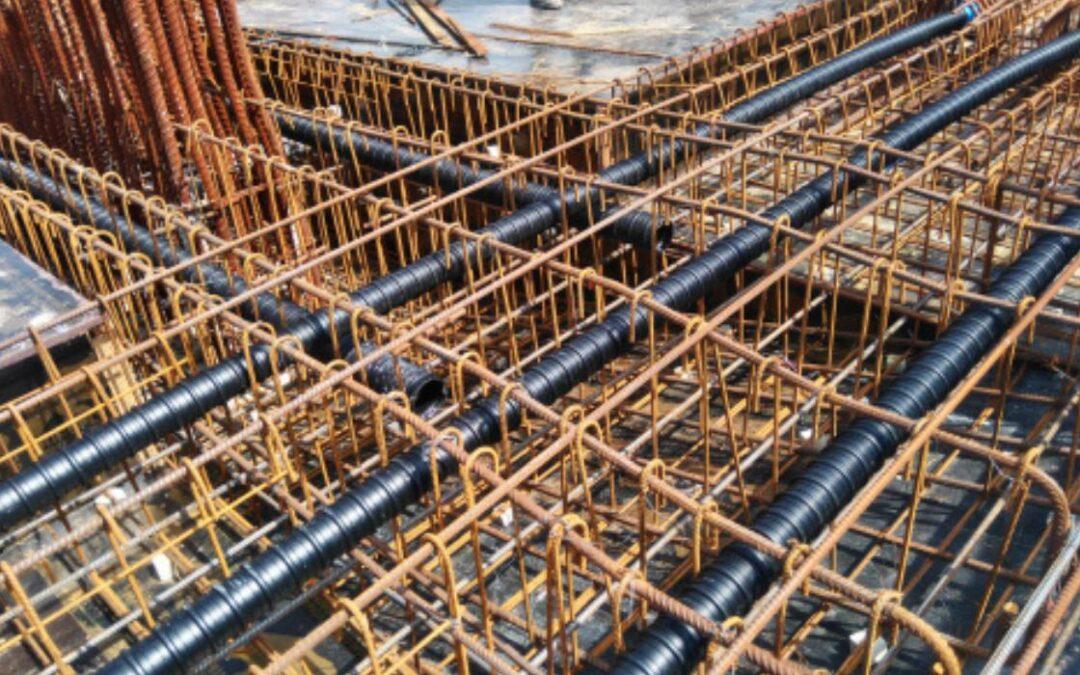In the construction industry, concrete slabs are commonly used in various applications such as flooring, foundations, and walls. Two popular types of concrete slabs are engineered slabs and post-tensioned slabs. Both are designed to withstand heavy loads and provide a durable and long-lasting solution for construction projects.
What Are Engineered Slabs?
Engineered slabs are constructed by pouring concrete over a base layer of compacted gravel or crushed stone. The concrete is then reinforced with steel bars or mesh to improve its strength and durability. These slabs are commonly used in residential and commercial buildings as they are cost-effective and relatively easy to construct.
What Are Post-Tensioned Slabs?
Post-tensioned slabs, on the other hand, use a different approach to reinforcing the concrete. In this method, steel cables or tendons are installed within the concrete before it is poured. The tendons are then tensioned after the concrete has set, providing additional strength and stability to the slab. Post-tensioned slabs are commonly used in large buildings or structures that require extra support. One of the primary benefits of post-tensioned slabs is their ability to span greater distances without the need for additional support columns or beams. This makes them an ideal choice for large commercial and industrial buildings, as well as bridges and other structures that require a high degree of strength and durability.
Another advantage of post-tensioned slabs is their ability to reduce the amount of cracking that can occur in the concrete. This is because the tendons create compressive forces within the concrete, which counteract the tensile forces that cause cracking. This can improve the overall performance and longevity of the slab, reducing the need for maintenance and repairs. However, post-tensioned slabs are typically more expensive and complex to construct than engineered slabs. This is due to the additional labor and materials required to install the tendons and tension them properly. As a result, they are often reserved for larger or more complex construction projects where their benefits outweigh the costs.
One of the disadvantages of post-tensioned slabs is that they require specialized knowledge and expertise to design and construct properly. This means that not all contractors are qualified to work with this type of concrete slab, which can limit the available options for construction projects. Engineered slabs, on the other hand, are relatively straightforward to construct and require less specialized knowledge and expertise. They are also typically less expensive, making them a more attractive option for smaller construction projects or those with limited budgets.
Despite their differences, both engineered slabs and post-tensioned slabs offer many benefits for construction projects. The choice between the two will depend on a variety of factors, including the size and complexity of the project, the budget, and the available expertise of the contractor. In conclusion, both engineered slabs and post-tensioned slabs are excellent options for construction projects that require strong, durable, and long-lasting concrete solutions. While post-tensioned slabs offer some significant advantages in terms of strength, durability, and reduced cracking, they are also more expensive and complex to construct. Ultimately, the choice between these two types of slabs will depend on the specific needs and requirements of each project, and careful consideration should be given to all of the available options before making a final decision.
For more Information Refer to: ACI Concrete


Recent Comments